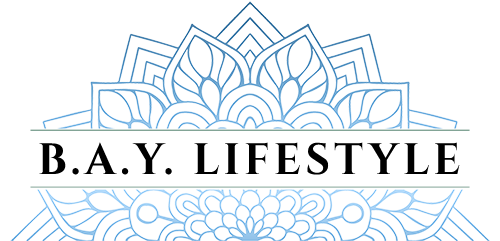There are so many reasons I incorporated mindfulness and meditation in my life. It has been a tool to help me to reduce stress, increase my well-being and improve my ability to be present and in the moment through various life experiences.
But…
What are we actually doing while we are meditating?
What does Meditation actually mean?
What exactly are we reflecting on?
What are we watching within?
What is the purpose of this contemplation?
How do we know when we get to where we are supposed to be?
These are some of the questions I am asked from students and clients when they are beginning to incorporate a practice of meditation.
To meditate is to engage in contemplation or reflection; to engage in mental exercise of focus and concentration (on one’s breathing, an object, or repetition of a phrase or mantra) for the purpose of reaching a heightened level of spiritual awareness..
Studies conducted on Buddhist monks showed that meditation produces long-lasting changes in the activity of the brain in areas related to attention, memory and conscious perception. MRI scans have also shown that there is an increase in activity in areas of the brain that control metabolism and heart rate.
You can use meditation to increase awareness of your physical self, your emotional self, your mental patterns, and your environment.
As you become the observer of your experience you gain higher control of your thoughts, reactions and emotions, leading to a more peaceful, aligned and present life.

